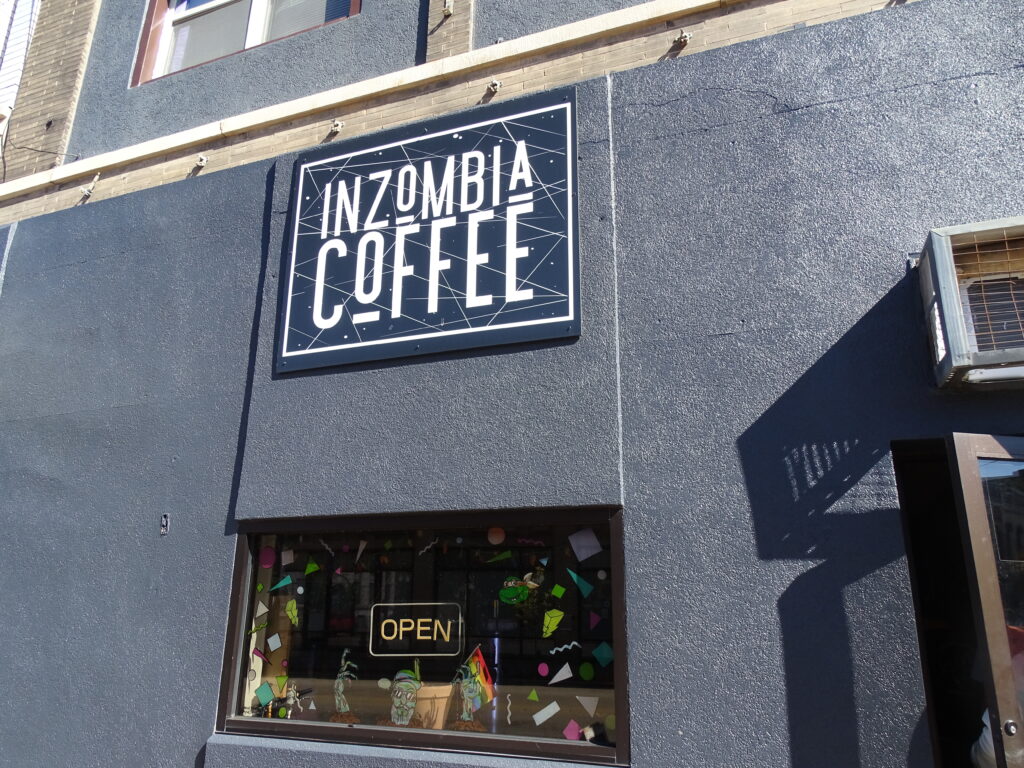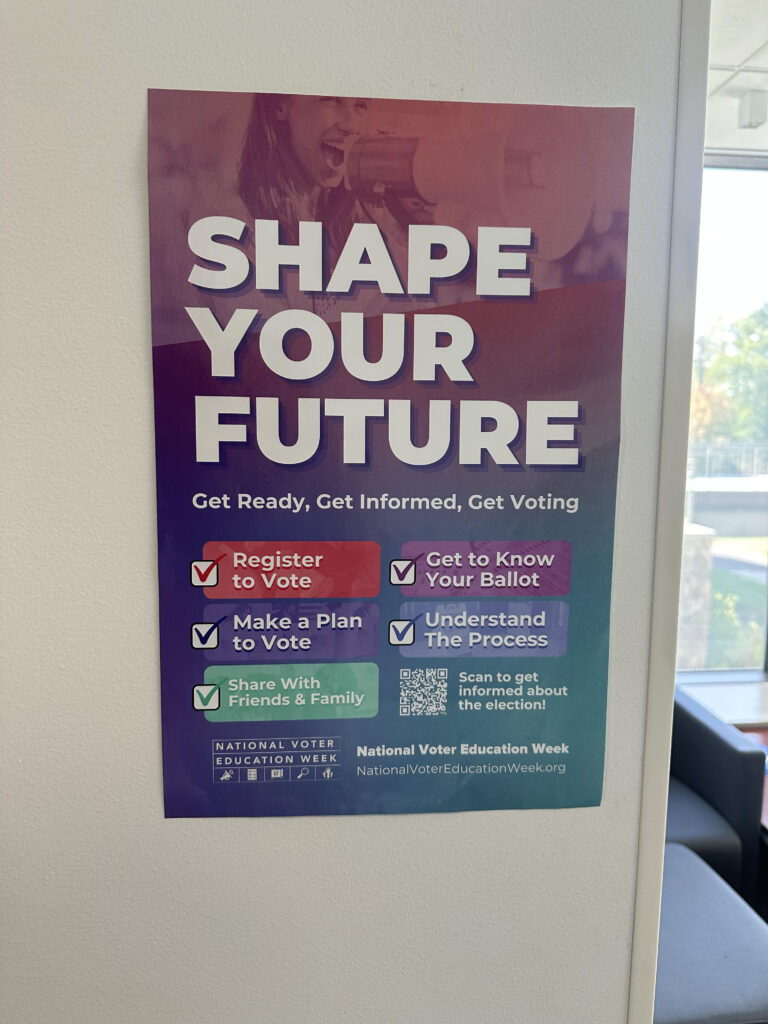
A runner and his dog brave frigid conditions while making their way east across the Stone Arch Bridge, Thursday, Jan. 24, 2019, in Minneapolis. The National Weather Service issued a wind child advisory overnight Thursday for Wisconsin, Minnesota, the Dakotas and several other states. (David Joles/Star Tribune via AP)

MINNEAPOLIS (AP) — An arctic wave has wrapped parts of the Midwest in numbing cold, sending temperatures plunging and prompting officials to close dozens of schools Friday, but forecasters say the worst may be yet to come.
Cold weather advisories were in effect from North Dakota to Ohio, with dangerously cold wind chills that could dip to as low as 45 below zero (negative 42 Celsius) in northern Wisconsin and Minnesota and to 35 below (negative 37 Celsius) in parts of northern Illinois and Iowa.
The bitter cold caused administrators in Wisconsin’s largest school district to cancel classes, meaning nearly 78,000 students in Milwaukee Public Schools were told to stay home Friday. High temperatures in the area were expected to reach just 2 degrees (negative 16.7 Celsius) with a wind chill of minus 23 (negative 20.5 Celsius).
The wind chill, which describes the combined effect of wind and cold temperatures on exposed skin, is of more concern because frostbite can occur within minutes.
The deep freeze caused organizers of the Winter Carnival in Minnesota to cancel several events, including Thursday night’s parade through downtown St. Paul. In South Dakota, the city of Sioux Falls has closed its six outdoor skating rinks because of the cold weather.
Even colder temperatures are expected next week. The National Weather Service notes that “potentially historic cold” is possible in northern Illinois starting Tuesday, following several inches of snow, with daytime temperatures below zero and wind chills frequently falling below negative 30 (negative 34.4 Celsius).
In Minnesota, Kenny Blumenfeld, a senior climatologist with the Department of Natural Resources’ State Climatology Office, noted that the weather there isn’t especially unusual. He said winter cold snaps on average are an annual occurrence in Minnesota, but extreme cold happens once every three to five years.
“It’s Minnesota. We’re supposed to go below zero and spend a lot of time not coming above zero. It’s part of our winter,” Blumenfeld said.






